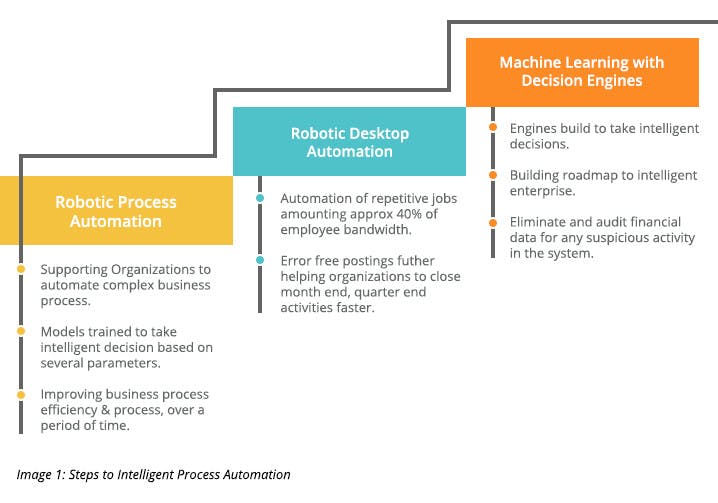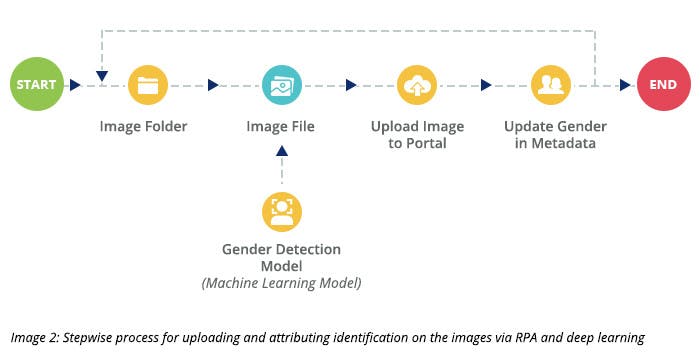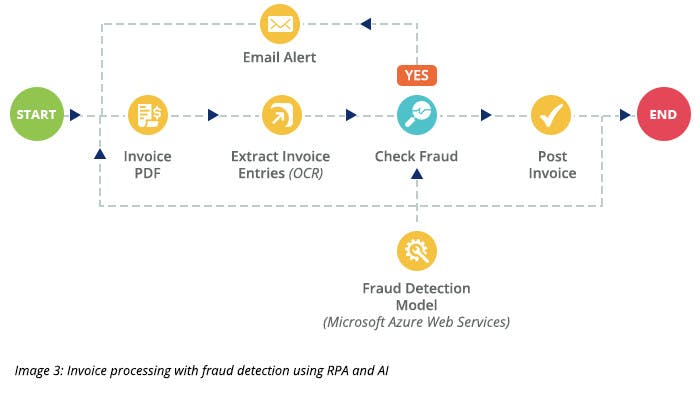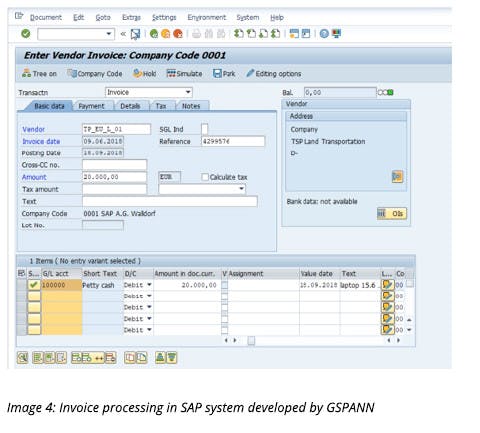RPA automates the manual processes that are repetitive, mundane, and are not entirely dependent on human decisions. When such processes are automated using RPA, they can be completed with improved efficiency while saving time, effort, and money. An organization can use these resources to reduce the chances of manual errors in other processes that rely heavily on human intellect and to develop various innovative processes.
Adding machine learning and AI capabilities to these automation processes makes the system intelligent by making the ‘decision making’ process a part of the automation process itself. RPA enables large organizations in the industries, such as banking, telecom, insurance, e-commerce, and more, to automate the processes in legacy systems without replacing them. It also eliminates duplicated, monotonous jobs that make the employees feel motivated and valued.
Robotic process automation (RPA) software revenue grew 63.1% in 2018, reaching $846 million, making it the fastest-growing segment of the global enterprise software market. RPA software revenue will reach an estimated $1.3 billion in 2019 (Source: Garter).
RPA software uses a lot of machine learning and deep learning algorithms to enable features (like image recognition) for identifying screen objects, like form fields or buttons and Optical Character Recognition (OCR), to read text from the screen. On the other hand, machine learning models, that are inserted into an RPA workflow, enables it to make decisions based on the data that is fed into the model.
For intelligent robotic process automation, a company needs to evolve towards the machine learning approach instead of using only desktop or process automation.

GSPANN focuses on automation to help in making the internal processes more efficient. We have conducted Proof of Concept (POCs) for two RPA use cases that are explained in the following sections.
#1 Automating Merchandising Inventory Updates
E-commerce companies display merchandisers’ product portfolio through an application that stores product information, attributes, features, descriptions, and more along with various images of the same product. It is a manual process where the users upload product images in various product categories, which are followed by entering product attributes in multiple fields available within application.
The same information is used for publishing product images and features on the e-commerce website. Now, imagine repeating the same process for 100s, 1000s, or 100,000 images! It is quite a tedious and perfunctory task to perform.
RPA proves to be invaluable in such cases. In the PoC, we automated the whole process using UiPath.
UiPath is an industry-leading RPA tool with the highest market share of 13.6% in 2018 (Source: Gartner).

This workflow automates the process of image uploading while detecting multiple image features - like the product category, gender, color, pattern, and more - using a deep learning image detection model to improve the process using computer vision technology. The complete workflow automation is not feasible without AI capability because the attribute update process will always remain a manual exercise unless AI is introduced into the process flow. Therefore, AI with RPA makes this process automated as well as intelligent.
#2 Fraud Detection for Invoice Posting
The second POC is for a Fraud Detection model, implemented as an API service for the RPA process to detect any fraud before submission of an invoice. Fraud detection model was trained, validated, separated, and implemented as a web service in Azure Cloud. RPA process checks if the current invoice in the model is suspicious or not. If a suspicious invoice is detected, the process will send an email alert, otherwise, the invoice is submitted successfully.

The above implementation not only automates the flow but augments the whole process by using a machine learning model. This model is trained to detect any fraudulent activity by referring to the historical training data. It merges two different processes of detecting fraud first and posting the invoices later, that saves time, cost, and improves the efficiency of the overall process. Using a machine learning model that can be trained dynamically on a new data and understands patterns from multiple features, which is otherwise impossible for humans, makes the system less error-prone and smarter than humans (in many ways).

RPA helps the organizations in automating lots of repetitive and non-intelligent processes. Augmenting RPA with AI capabilities increases the automation scope manifold. It makes the system smarter and intelligent rather than just being robotic.
RPA is gaining acceptance in many industries. We will see more use cases of RPA in the corporate world soon. It is imminent that the use of AI with process automation will enable better business decision making for growing and established businesses. Any organization researching and investing in this direction will surely have some advantages over its competitors.



